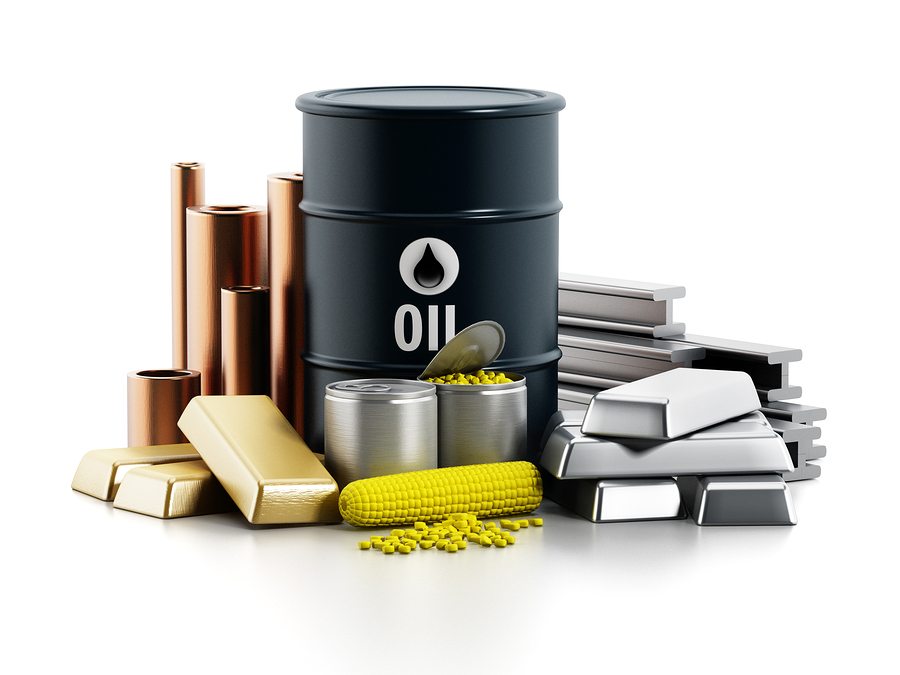By Laser 1 Technologies
Commodity Price Predictions Explained
In January, the World Bank issued a statement that energy and metal prices are increasing due to tight supply and strong demand.
It forecasts a 29% increase in crude oil over 2016 and an 11% increase in metals prices. Agriculture prices are more stable, with a rise of less than 1% predicted, and precious metals are expected to decline by 7%.
“Prices for most commodities appear to have bottomed out last year and are on track to climb in 2017,” says John Baffes, Senior Economist and lead author of the Commodity Markets Outlook. “However, changes in policies could alter this path.”
Commodity prices can have a big impact on production and profit. But what exactly are they, anyway?
What are commodities?
Commodities are raw or base materials of uniform quality, and they’re grouped into four categories:
- Metals – gold, silver, iron ore, aluminum, etc.
- Energy – natural gas, crude oil, etc.
- Agricultural – rice, wheat, soybeans, coffee, sugar, etc.
- Livestock – meat, feeder cattle, hogs, pork bellies, etc.
They’re generally classified in two categories: hard and soft. Soft commodities, such as soybeans, wheat, and orange juice concentrate have a short shelf life and expire. Hard commodities have a long shelf life: think gold, copper, aluminum, and oil.
The “uniform quality” distinction is necessary so commodities can be equally traded across the globe. For example, a pork belly in Europe has to be of the same purity, quality and characteristics as one in the U.S. to enable an “apples to apples” comparison.
Commodities are distinct from consumer products. Consumer products vary largely among manufacturers, as in computers, automobiles and other manufactured goods. With consumer products, comparisons are more like “apples to oranges.” However, consumer products always rely on commodities as their components or ingredients.
Commodities are traded worldwide and regionally. Entities like the London Metal Exchange (LME) and the New York Mercantile Exchange (NYMEX) exist for commodity trading, and the trading of commodities and commodity futures is an enormous global economic enterprise.
Why do prices fluctuate?
Lots of variables influence prices, but supply and demand have the biggest impact. Supply is impacted by droughts or other natural disasters, by economic policy and by political stability, among other factors. As supply goes down, the resulting scarcity increases demand on the remaining supply. This global balancing act influences markets everywhere. For example, if there’s a strong demand for cars in just one large country, prices for raw material metals rise for all consumers of metals.
Other factors include transportations costs, trade agreements and tariffs, and currency fluctuation. Recycling has helped stabilize the cost of many metals as reliance is reduced on new raw materials, helping minimize large price swings in those commodities. The flourishing renewable energy market has put downward pressure on the cost of oil.
What does this mean for your company?
Unless you’re a huge company, your actions won’t impact the rise and fall of commodity prices. What you can do is get acquainted with the rhythms of the commodity market, and attempt to time your purchases to take advantage of fluctuations.




